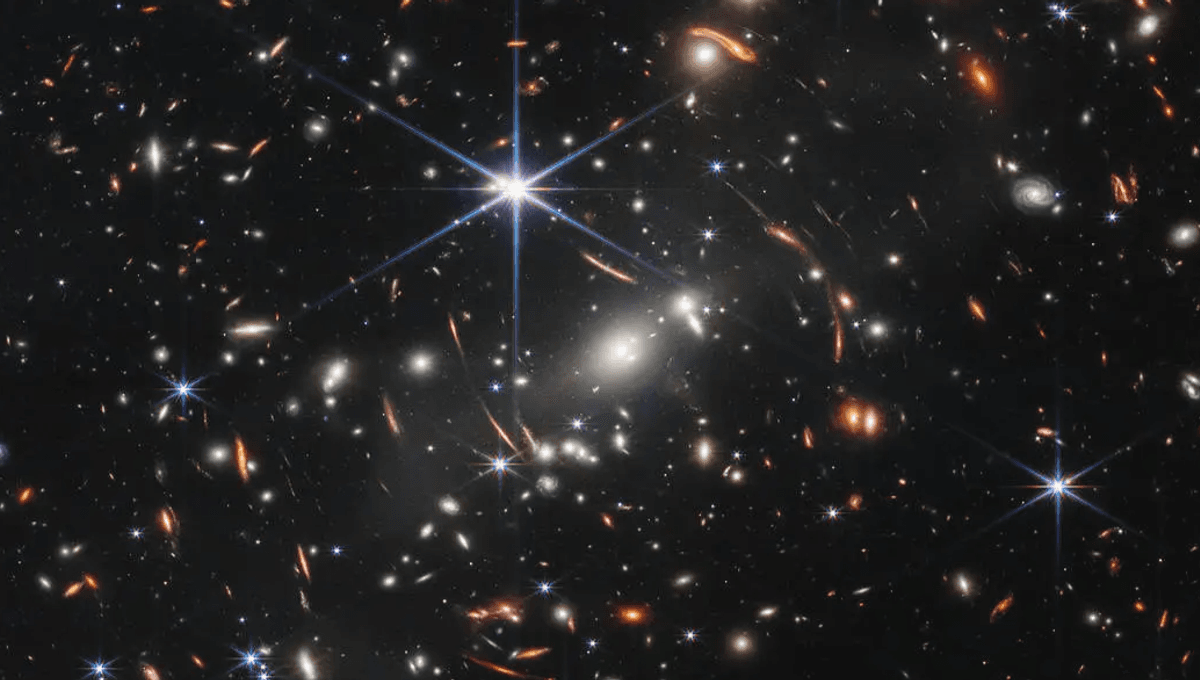
Our cosmos is 13.7 billion years old and it all started with the Big Bang. When we look for really distant objects, we can’t really see the Big Bang because the universe was so hot and dense that light was not free to move. The farthest we can see is light 400,000 years younger than that, but it’s very confusing to think that this visible universe is not 13.7 billion light-years across. You can blame that on living in an ever-expanding universe.
The light-year is a wonderful unit of measurement that makes interstellar and intergalactic distances suddenly seem easy. Despite containing the word year, it is a measurement of a distance. One light-year is the distance that light covers in one calendar year. That’s over 9 trillion kilometers or almost 6 trillion miles. When we talk about stellar distances, this distance is equivalent to a look back in time. Let’s consider Betelgeuse for example.
The red giant is the right shoulder of the constellation of Orion, located around 550 light-years away. This value is actually more uncertain than for other stars, but let’s take it at face value for this example. You might remember the great dimming this star experienced four years ago. For Betelgeuse, that actually happened 554 years ago.
Things get more complicated when we consider galactic distances. The expansion of the universe is happening everywhere but it is only on vast intergalactic scales that it can be appreciated. In “closer” quarters, the force of gravity still wins. For galaxies that are close enough to us, the distance that they are from us and how long ago their light was emitted is roughly the same. For example, the light from the Andromeda galaxy has traveled for 2.5 million years, and the large spiral galaxy is indeed 2.5 million light-years away. But things soon start diverging.
If we move on to larger scales, things change. Take SMACS 0723, a galaxy cluster featured at the center of JWST’s first deep field image. Its light was emitted 4.6 billion years ago. Due to the universe expanding over that time, its actual distance from us has increased by almost 1 billion light-years more.
So an object whose light is only reaching us after 10 billion years has been pushed away by the expansion of the universe by a greater amount than SMACS 0723, for example. The arcs of light around SMACS 0723 are gravitationally lensed galaxies whose light was released just 600 million years after the Big Bang. They are not 13.1 billion light-years away, however – they are 30 billion light-years away!
The most distant point we can see is around 46.5 billion light-years away, which makes the whole universe 93 billion light-years across. The specific number may or may not need revision as an important debate is happening in cosmology about the value of the expansion rate of the Universe. It might not be 93 billion, but it is certainly larger than 13.7 billion.
Source Link: If The Visible Universe Is 13.7 Billion Years Old, How Is It 93 Billion Light-Years Across?